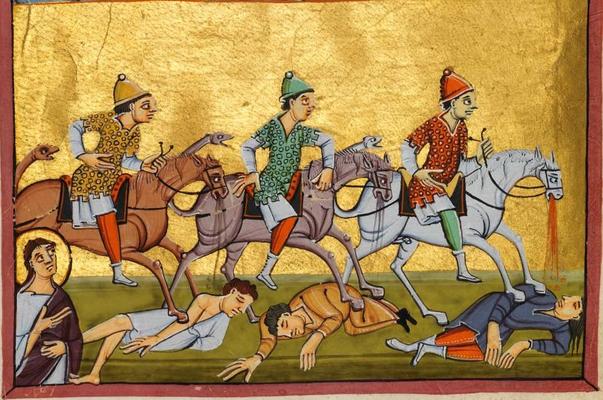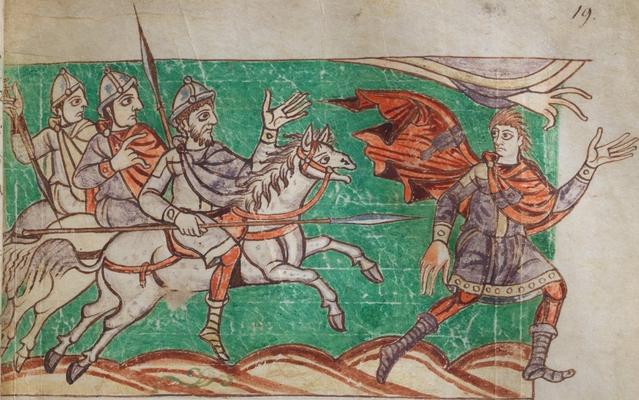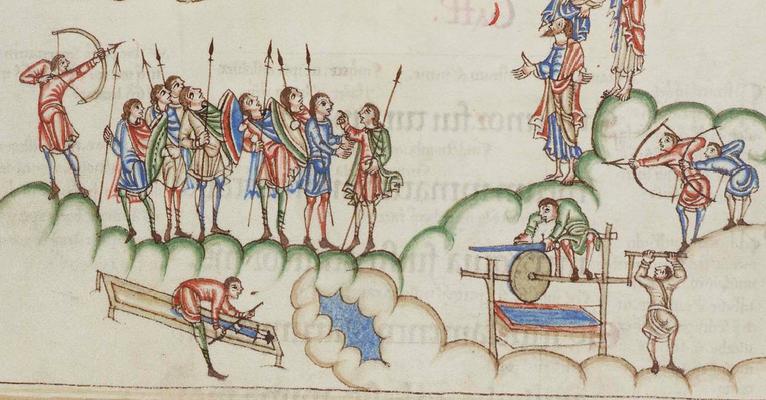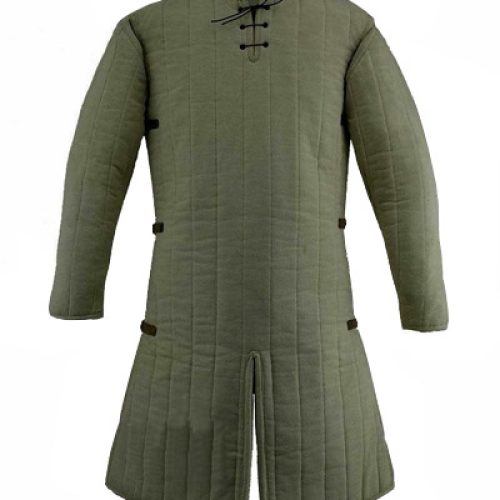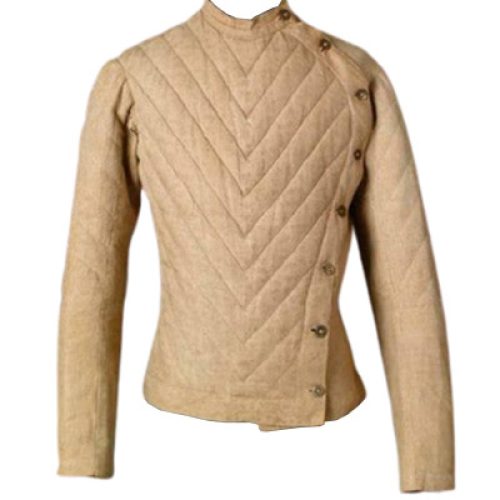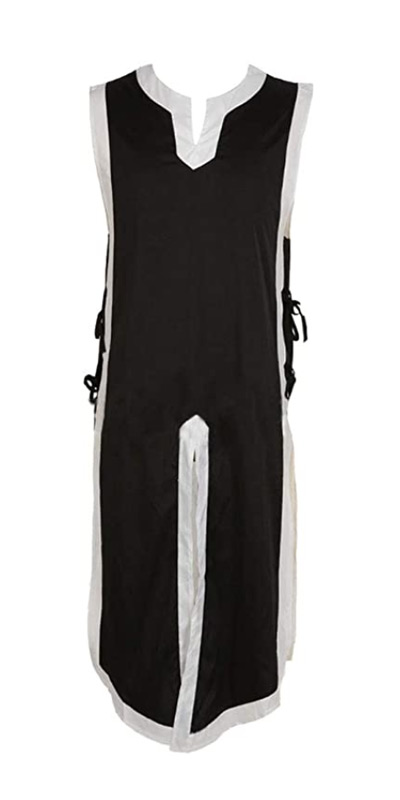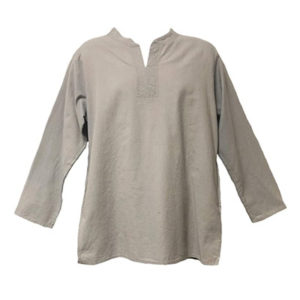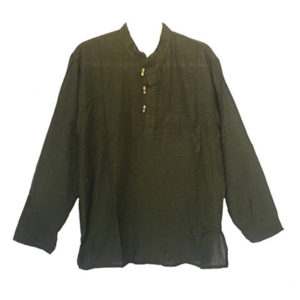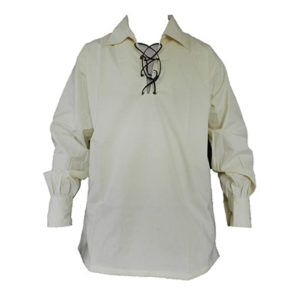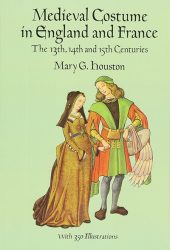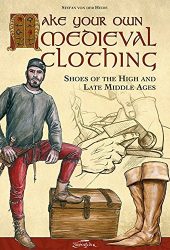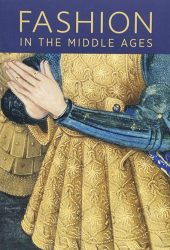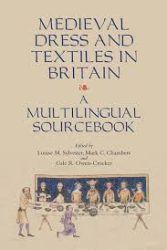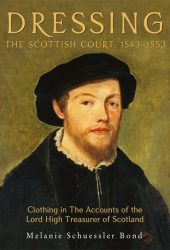The medieval tunic was a garment usually simple in style that reached from the shoulders to an area between the hip and the knee. Tunics could have either long or short sleeves.
When pulled over the head, tunics would sit snugly around the neck without the use of lacing or ties. A belt or girdle with a buckle was usually worn around it. When multiple tunics were worn at once, the lower one was often short-sleeved and served as a shirt.
Most tunics were made in one colour, although they might have a different coloured lining. For people of higher classes, tunics were often dyed or richly embroidered, although the plainer ones were used frequently when layering different types.
The most common materials used in tunics were wool and linen and, for the wealthier, silk.
History of the Tunic
The name Tunic derives from the Latin tunica, the basic garment worn by both men and women in Ancient Rome (originally based on earlier Greek garments).
Tunics worn by the Celts were documented by the Greek historian Diodorus Siculus: “They wear brightly coloured, and embroidered shirts, with trousers, called braccae and cloaks fastened at the shoulder with a brooch.”
The tunic continued to be the basic garment of the Byzantine Romans of both sexes throughout the medieval period, with upper classes of people wearing other garments atop, and their tunics came down to the ankles.
Types of Medieval Tunics
Tunics can be classified flexibly into a few different styles depending on their use, the time period, and other factors. Let’s go through each of these in some more detail, shall we?
The gambeson, also known as an arming coat or padded jack, has a long history and served as a protective garment throughout different periods. Gambesons were typically made of layers of fabric, such as linen or wool, stitched together in a diamond or rectangular pattern.
Doublets probably originate from military garments. They appeared in the middle of the 14th century and were worn under outer garments. The cut of a doublet was well-fitted to the body.
Surcoats were long, loose robes put over the head, with sleeves that could be tossed to the back. Usually made of wool with a linen lining, surcoats were used from the 13th century till the early 14th century.
The surcoat or tabard was an outer tunic cut like a cape but with the sides closed by stitching or clasps.
Image Gallery: Tunics in Medieval Manuscripts & Art
Are you looking for specific examples of tunics depicted in medieval art? Here are some highlights.
